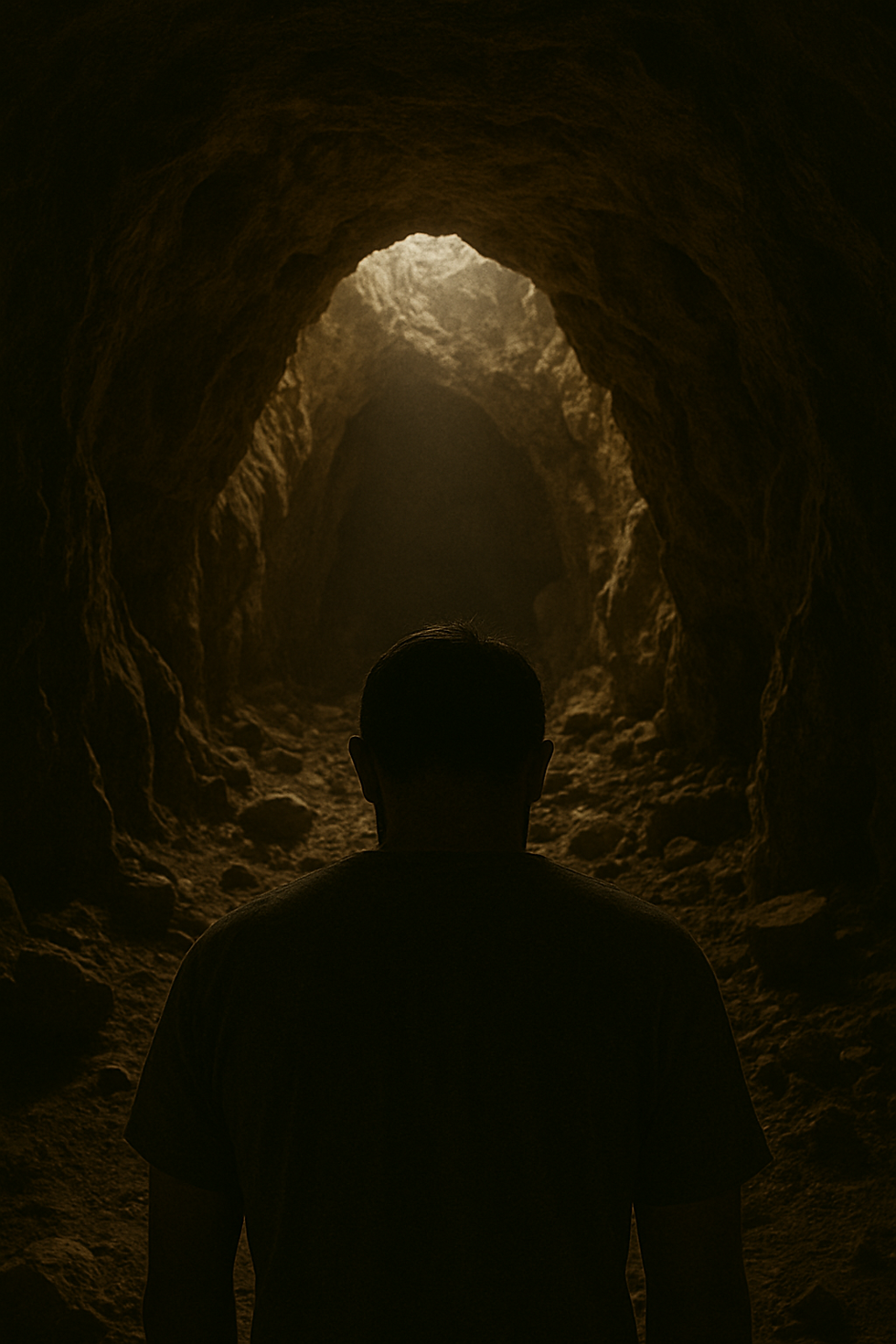What They Can Execute?
- Jack Fleming
- Aug 4, 2020
- 2 min read
Stan Van Gundy couldn't have said it better, "It's not what you know, but what they can execute." In the Twittersphere, in this time, it couldn't be a better reminder.

With a lack of coaching for me in the last 5 months, and many others, I found myself thinking in intricate detail about small parts of the game. Where does the inside hand go to lock off our defender, versus the drop in the middle pick and roll? Where and when should we cut on baseline penetration versus space?
Here I am, trying to outsmart myself when I finally came to this.
It probably depends.
The Context Tells You the Answer
The beauty of basketball is no one scenario is the same, and no one player is the same.
Who am I? What are my strengths and what am I capable of?
Who is guarding me? What are they doing? What are the defenders around me doing?
What is the time and score situation? What are the opportunities available?
Newell's model below - explains this in another way. The complexity of the game of basketball revolves around the task, the environment and the organism (individual) which goes into how they perceive information then perform an action.
"Learning is not the process of repeating a solution, it's the process of repeatedly finding a solution." - Richard Shuttleworth
Building the Context before the Cues
What could be more important than pre-determined cues is the environment that you place them in. Newell's model reminds us the severe complexity in dynamic sports.

The most skilled athletes are very good at perceiving information in their environment, by moving and picking it up faster than others in order to execute.
Often, we don't need to create something better (a cue) than what the environment is not already providing.
Who's to say there is a correct decision?
Is my ego getting in the way, of the ability for the athlete to co-create a solution out of the environment I have planted them in?
What am I actually talking about?
Here's an example of Waterpolo, where they have manipulated the scoring system to practice hitting the corner of the goal. This is from a Richard Shuttleworth presentation on skill adaptation.
As an athlete, would it be more value to you to change the scoring system to something like this?
Or cue the athlete to try and 'fire the corners' and 'see the entire goal.'

Maybe we are spending too much time in the wrong places, about the abstract concepts and complex processes we use - instead of using also considering the environment we can create.
It's more interesting to think up 6 stage verbals processes for pick and roll offence, than consider something like a constraints matrix. Where we evaluate how we can manipulate constraints, with elements like representative design and variability to decide how difficult we want to make the task for the learner.

This is merely a question, not dogma. I'm not saying explicit cueing does not have it's place. But I think it's always interesting to challenge where we most spend our time and what is the goal?
Back to Stan, the goal most of the time is for the players to be able to execute and exploit opportunities - not for the coach to eloquently display how much they know.






Comments